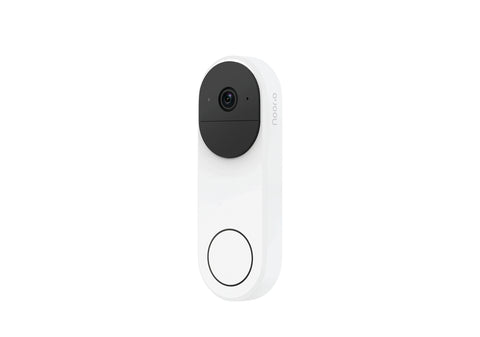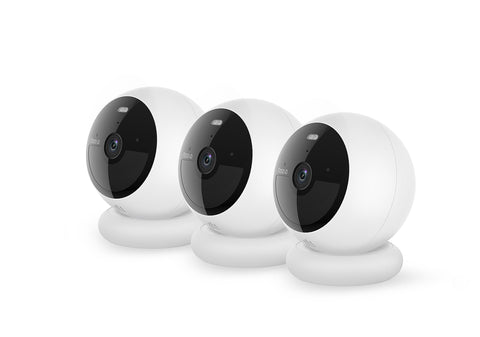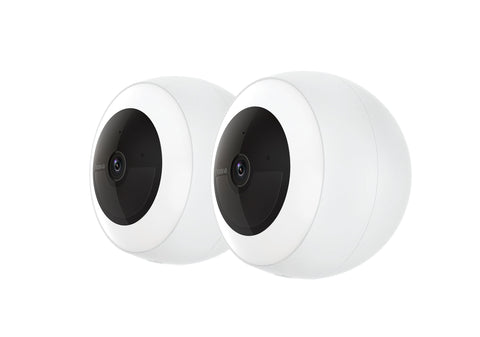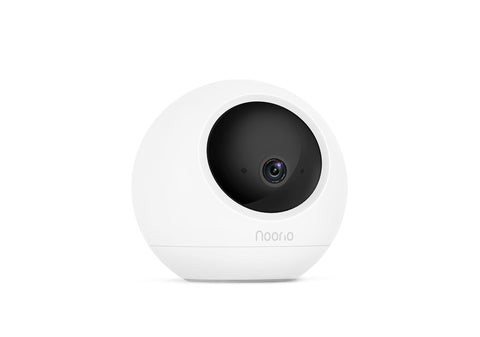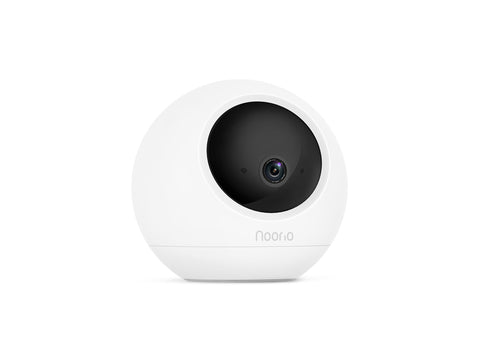Connectivity is a crucial aspect of ensuring the effectiveness of security cameras, and choosing between WiFi 6 and Ethernet can significantly impact the performance of your surveillance system. With Noorio Security Cameras at the core of your content, let's explore these connectivity options to help you make an informed decision.
WiFi 6: The Wireless Frontier
Pros:
1. High Speeds: WiFi 6, the latest wireless standard, offers impressive speeds, ensuring that your Noorio Security Cameras can transmit high-definition video feeds seamlessly.
2. Flexibility: The wireless nature of WiFi 6 provides flexibility in camera placement. You can install cameras in areas without physical network ports, simplifying the setup process.
3. Reduced Cable Clutter: Going wireless eliminates the need for extensive cabling, contributing to a cleaner and more aesthetically pleasing installation.
Cons:
1. Potential Interference: WiFi signals can face interference from other electronic devices or obstacles like walls, potentially affecting the stability of the connection.
2. Limited Range: The effective range of WiFi signals may be limited, particularly in larger properties or environments with numerous obstructions.
Ethernet: The Wired Foundation
Pros:
1. Stable Connection: Ethernet connections offer stability and reliability, ensuring a consistent and uninterrupted feed for your Noorio Security Cameras.
2. Higher Security: Wired connections are less susceptible to hacking or unauthorized access, enhancing the overall security of your surveillance system.
3. No Interference: Unlike WiFi, Ethernet doesn't face interference issues, making it a reliable choice for critical applications like security cameras.
Cons:
1. Installation Complexity: Ethernet installations can be more complex, involving the routing of cables and potential drilling through walls. This complexity may require professional assistance.
2. Limited Flexibility: Wired connections limit the flexibility of camera placement. Cameras must be installed in areas with available network ports.
Choosing the Right Connectivity for Noorio Security Cameras:
Considerations:
1. Property Size: For larger properties, Ethernet may be preferable to ensure reliable connectivity across the entire surveillance network.
2. Interference Concerns: If your property has numerous electronic devices or potential signal obstacles, consider the reliability of a wired Ethernet connection.
3. Installation Ease: If you prioritize easy and flexible installation, especially in areas without accessible network ports, WiFi 6 could be the preferred choice.
4. Security Requirements: Assess your security needs – if enhanced security is a top priority, the stability and lower vulnerability of Ethernet might be more suitable.
5. Future-Proofing: WiFi 6 represents the latest wireless standard, offering high speeds and improved efficiency. If future-proofing is a concern, opting for WiFi 6 may be a forward-thinking choice.
Conclusion: Finding the Right Balance
In conclusion, both WiFi 6 and Ethernet have their merits, and the ideal choice depends on your specific requirements and property characteristics. Noorio Security Cameras are designed to accommodate both connectivity options, ensuring that you can tailor your surveillance system to meet your unique needs. Whether you prioritize the flexibility of wireless connections or the stability of wired ones, Noorio cameras provide a reliable foundation for your security setup.
